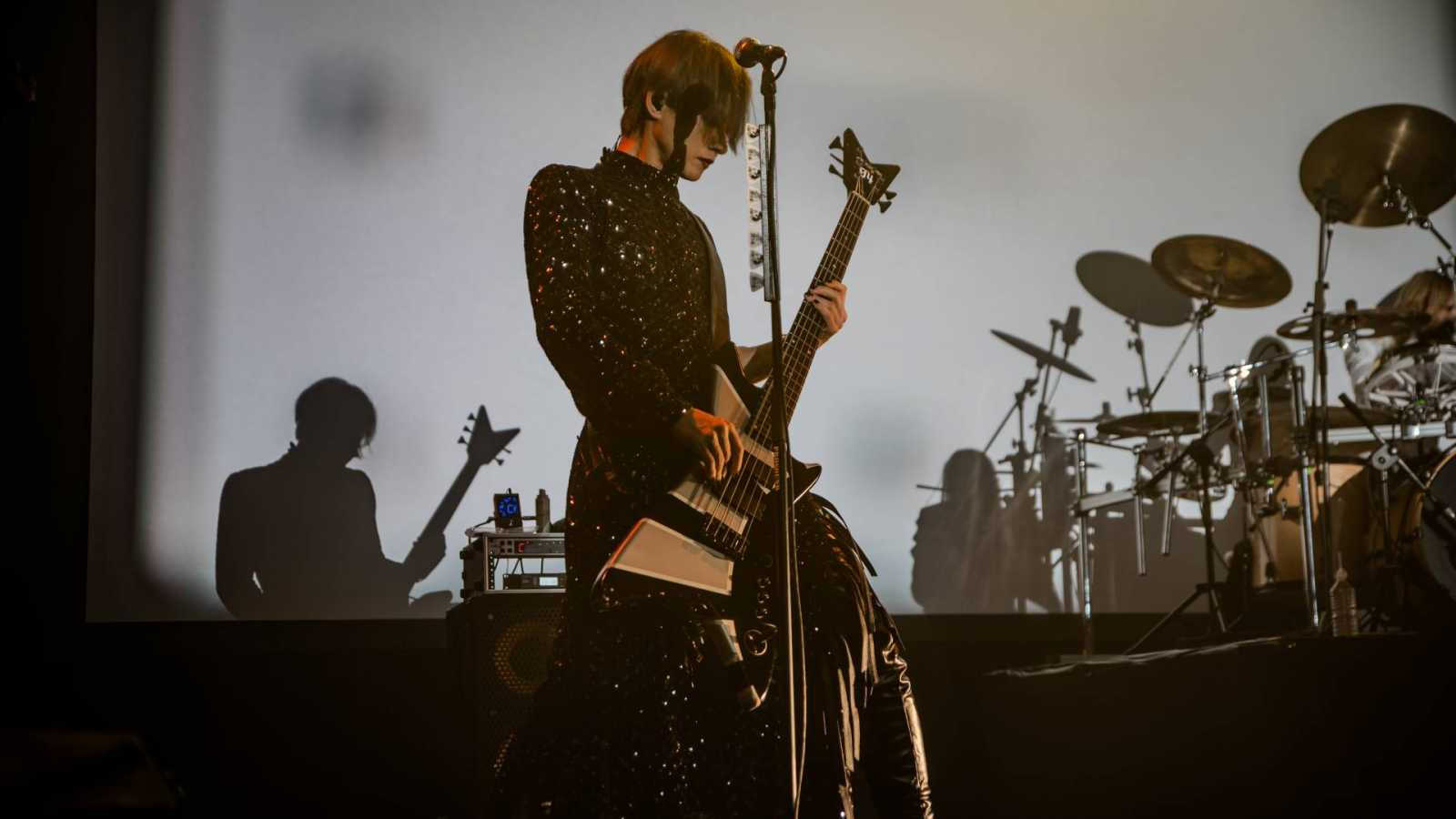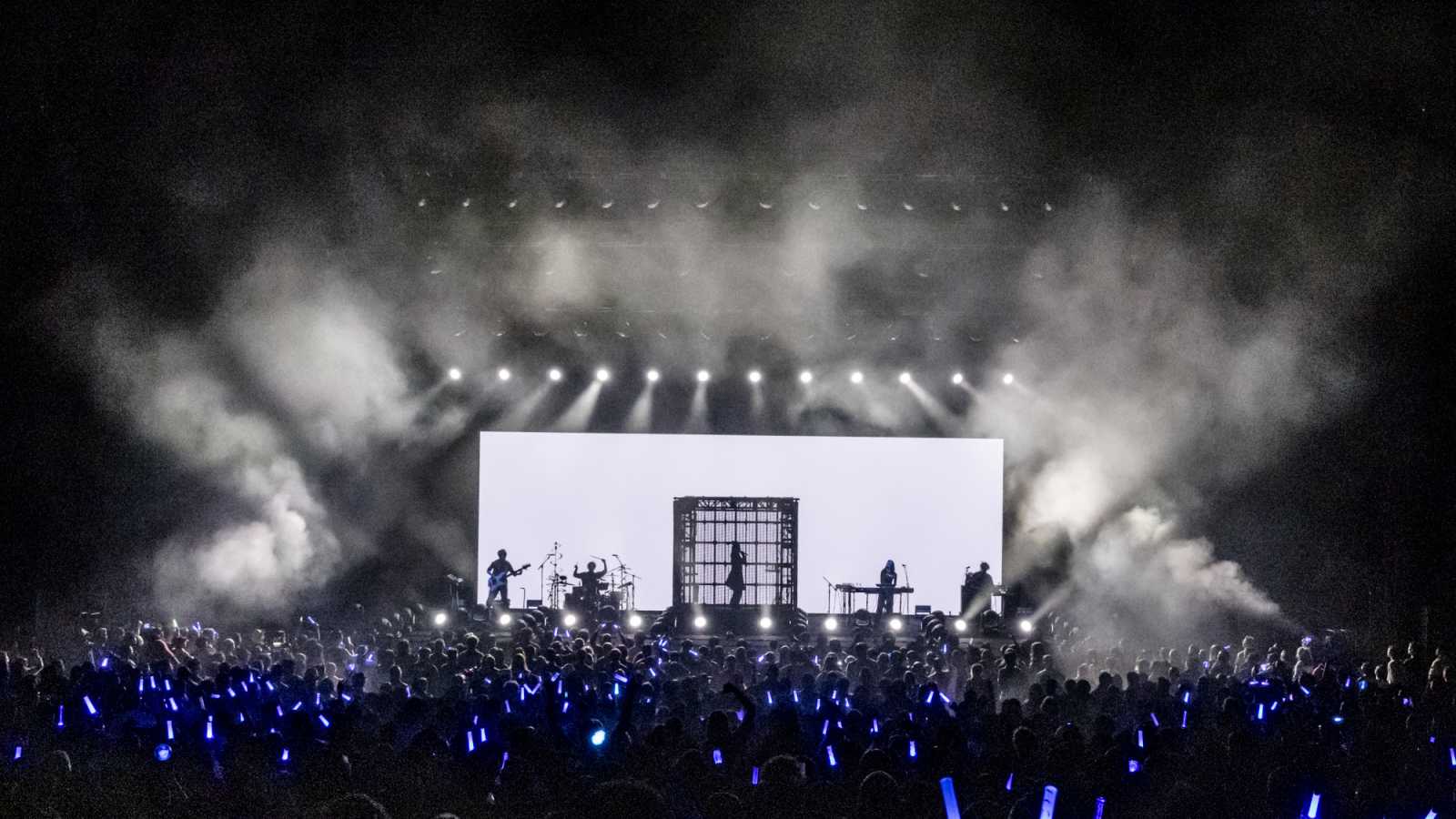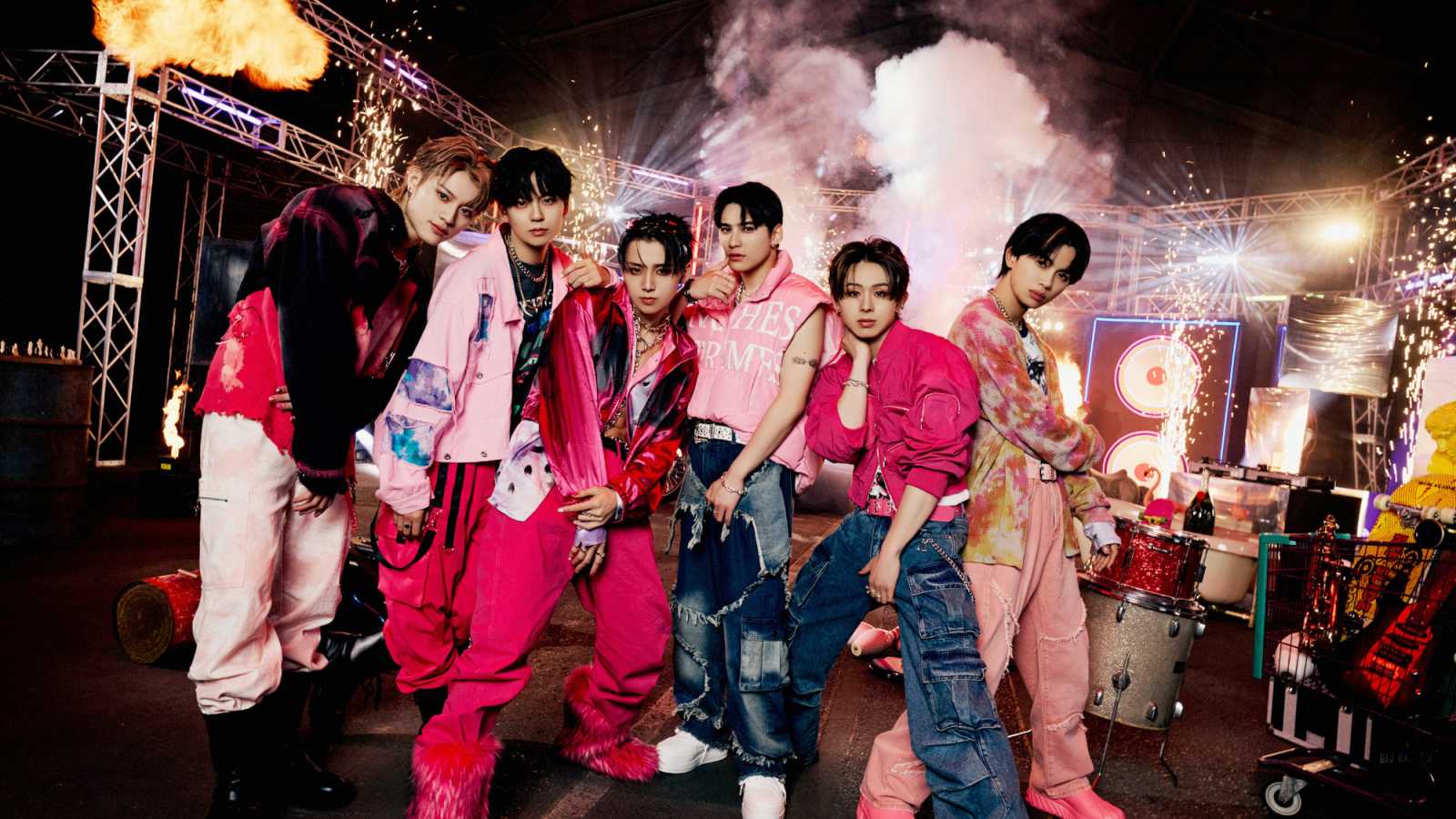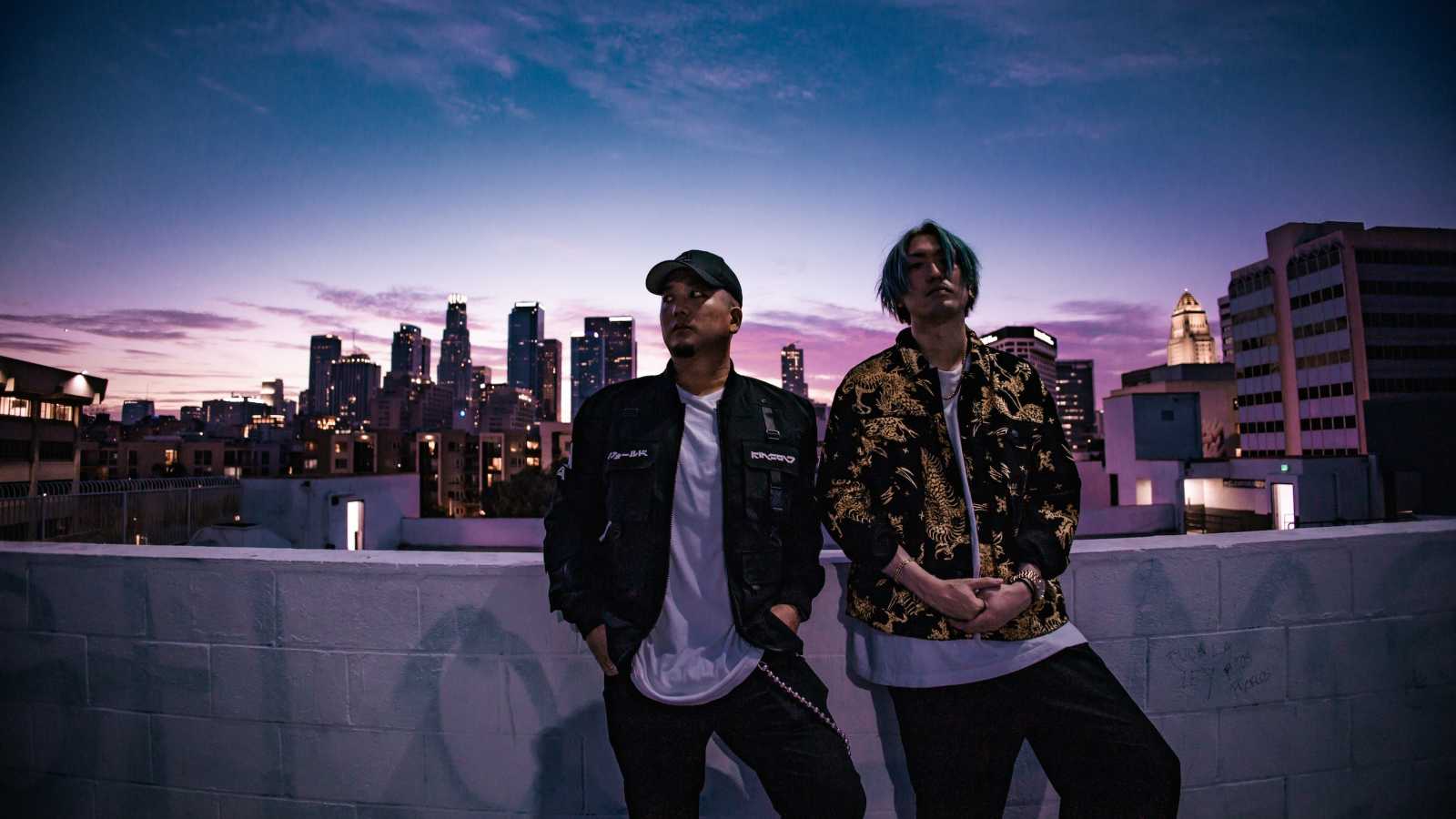Kowai ima wo kurai ima wo kuroi ima wo koero...
In memory of Daisuke 30-07-1978 - 15-07-2010.

 He became involved with music as a teenager, originally choosing to play the drums. He started his way to stardom as the drummer for Le’Cheri, which changed its name to Fatima after the release of their first demo tape. From the very beginning he was closely related with the visual kei movement – Le’Cheri, later known as Fatima, clearly identified with this style and Daisuke himself was often seen in makeup, blue hair and costumes inspired by medical personnel uniforms, a way of dressing very popular at that time in the scene. Unfortunately, something went awry and with the release of the first single, he decided to leave Fatima. As is often the case with privacy-loving Japanese, the real reason for that decision was never given and we can only guess that Daisuke had had enough of being number four (see the cover for the Downer single) and standing in the other members' shadows. As as he later explained: "While you play the drums your self-expression is limited. That's why I'm now a singer, to be able to express my feelings."
He became involved with music as a teenager, originally choosing to play the drums. He started his way to stardom as the drummer for Le’Cheri, which changed its name to Fatima after the release of their first demo tape. From the very beginning he was closely related with the visual kei movement – Le’Cheri, later known as Fatima, clearly identified with this style and Daisuke himself was often seen in makeup, blue hair and costumes inspired by medical personnel uniforms, a way of dressing very popular at that time in the scene. Unfortunately, something went awry and with the release of the first single, he decided to leave Fatima. As is often the case with privacy-loving Japanese, the real reason for that decision was never given and we can only guess that Daisuke had had enough of being number four (see the cover for the Downer single) and standing in the other members' shadows. As as he later explained: "While you play the drums your self-expression is limited. That's why I'm now a singer, to be able to express my feelings."  A few months after he left Fatima, mid-1999, Daisuke founded with bassist Masaya a band which would turn out to be one of the very first pioneers of J-rock in Europe: kagerou. Soon they were joined by guitarist Yuana, a friend of Fatima's vocalist. We could write at length about kagerou's history and achievements but since it's not the place and time for that, please refer to the band's profile on our site. What should be mentioned is that Daisuke's uniqueness was especially visible in kagerou, when compared to other J-music artists who solely rely on their visual side with rich costumes, fancy makeup and over-the-top performances using stage props. Though he started out as an ordinary visual kei artist, with his love for flashy suits and cool eye makeup, he quickly established his own style.
A few months after he left Fatima, mid-1999, Daisuke founded with bassist Masaya a band which would turn out to be one of the very first pioneers of J-rock in Europe: kagerou. Soon they were joined by guitarist Yuana, a friend of Fatima's vocalist. We could write at length about kagerou's history and achievements but since it's not the place and time for that, please refer to the band's profile on our site. What should be mentioned is that Daisuke's uniqueness was especially visible in kagerou, when compared to other J-music artists who solely rely on their visual side with rich costumes, fancy makeup and over-the-top performances using stage props. Though he started out as an ordinary visual kei artist, with his love for flashy suits and cool eye makeup, he quickly established his own style.  What's more, the role of the vocalist gave Daisuke a real chance to share with people everything he wanted to share. He often emphasized in interviews that his lyrics and music (he composed only a few songs, such as Urami koto and Shikkouyuuyo Sannen) come from his heart and reflect his experiences, thoughts and desires. It wasn't in his nature to hide his true feelings.By singing songs, Daisuke not only took upon himself the role of a messenger, but as a lyricist he put his bands' message into words. Even the band's name, kagerou, corresponded to his life and now relates also to his death; "kagerou" means a "dayfly", which in Japanese poetry is a metaphore for the transience of life. In one of the interviews for JaME, Daisuke said: "Kagerou means ephemeral. Why ephemeral? Well, because the insect doesn't see that when it becomes an adult it only lives for twenty-four hours. Like the insect, we want the band to live every minute as intensely, as there is little time laid out for us. Even if a human life can last eighty or ninety years, we want to live each moment intensely. That's why we called the group "kagerou."
What's more, the role of the vocalist gave Daisuke a real chance to share with people everything he wanted to share. He often emphasized in interviews that his lyrics and music (he composed only a few songs, such as Urami koto and Shikkouyuuyo Sannen) come from his heart and reflect his experiences, thoughts and desires. It wasn't in his nature to hide his true feelings.By singing songs, Daisuke not only took upon himself the role of a messenger, but as a lyricist he put his bands' message into words. Even the band's name, kagerou, corresponded to his life and now relates also to his death; "kagerou" means a "dayfly", which in Japanese poetry is a metaphore for the transience of life. In one of the interviews for JaME, Daisuke said: "Kagerou means ephemeral. Why ephemeral? Well, because the insect doesn't see that when it becomes an adult it only lives for twenty-four hours. Like the insect, we want the band to live every minute as intensely, as there is little time laid out for us. Even if a human life can last eighty or ninety years, we want to live each moment intensely. That's why we called the group "kagerou." contributing to the development of the J-rock boom, so visible those few years ago. The audience in Europe went crazy over this petite (measuring only 163 cm & 48 kg/5'4” 106 lbs) vocalist, who onstage turned into a real rock demon. During interviews Daisuke didn't try to focus the attention on himself, letting other members take the lead. It was during concerts that he captivated the hearts of his fans. Daisuke's onstage persona quickly became legendary. One could see the influence of the visual kei movement – Daisuke incorporated pantomime and his performances at times created a theatrical atmosphere.
contributing to the development of the J-rock boom, so visible those few years ago. The audience in Europe went crazy over this petite (measuring only 163 cm & 48 kg/5'4” 106 lbs) vocalist, who onstage turned into a real rock demon. During interviews Daisuke didn't try to focus the attention on himself, letting other members take the lead. It was during concerts that he captivated the hearts of his fans. Daisuke's onstage persona quickly became legendary. One could see the influence of the visual kei movement – Daisuke incorporated pantomime and his performances at times created a theatrical atmosphere.  sometimes a dozen or so times in a row during one concert. Add to his behaviour jumping, twirling on the stage, climbing on any parts of the set, but also his vocal abilities – he could go from growling to mad screams and sudden whispering to a very clear and high way of singing, all within seconds during just one song. It all contributed to a very impetuous show put on just by him. The variety of emotions expressed by him during one concert raised admiration and concern, especially when barely being able to stand he threw himself for the umpteenth time into the crazed crowd. It was obvious those were the moments of his biggest fullfillment. Partially that's why Daisuke often referred to himself as a masochist.
sometimes a dozen or so times in a row during one concert. Add to his behaviour jumping, twirling on the stage, climbing on any parts of the set, but also his vocal abilities – he could go from growling to mad screams and sudden whispering to a very clear and high way of singing, all within seconds during just one song. It all contributed to a very impetuous show put on just by him. The variety of emotions expressed by him during one concert raised admiration and concern, especially when barely being able to stand he threw himself for the umpteenth time into the crazed crowd. It was obvious those were the moments of his biggest fullfillment. Partially that's why Daisuke often referred to himself as a masochist. Fans, who had the chance to meet Daisuke during autograph sessions, remember him as a bit reserved, but a likeable man who often smiled. He gave a certain level of balance to his bands – he wasn't as extroverted as kagerou's Shizumi or Hibiki of the studs, nor alienated as Kazu or Yukino. He was characterized by elegance, not only in the way he dressed but also in the way he carried himself. He was kind and open, always very understanding to his fans. During a session in Paris, one of the fans asked about his dog, a dachshund clearly important to Daisuke, which was with him during photo shots and backstage videos. The singer showed a sad face and pointed his finger to the sky. Frightened by her faux pas, the fan started to apologize but he just replied: "No worries, you didn't know...but I thank you from the bottom of my heart for remembering him. I'm very touched, really!"
Fans, who had the chance to meet Daisuke during autograph sessions, remember him as a bit reserved, but a likeable man who often smiled. He gave a certain level of balance to his bands – he wasn't as extroverted as kagerou's Shizumi or Hibiki of the studs, nor alienated as Kazu or Yukino. He was characterized by elegance, not only in the way he dressed but also in the way he carried himself. He was kind and open, always very understanding to his fans. During a session in Paris, one of the fans asked about his dog, a dachshund clearly important to Daisuke, which was with him during photo shots and backstage videos. The singer showed a sad face and pointed his finger to the sky. Frightened by her faux pas, the fan started to apologize but he just replied: "No worries, you didn't know...but I thank you from the bottom of my heart for remembering him. I'm very touched, really!" kagerou disbanded in 2007 for unknown reasons. Many fans were angry, especially after hearing rumours from Japan about the financial reasons being the main cause of their split up. It was said that they were "finished" and had no future, even if hundreds of people still came to their lives. Fortunately Daisuke didn't keep us waiting and a few months later he formed a band with other well known musicians, yukino, aie and Hibiki – a true supergroup of the indie scene, the studs. Remembering the overseas fans, it didn't take long for the band members to come to Europe, and in 2007 they gave their second concert in Paris. Unfortunately the studs didn't last as long as kagerou and two years later the band announced a break in activities. Daisuke, for whom making music was clearly the only acceptable way of living, didn't take a break and in June 2010 released his first solo single.
kagerou disbanded in 2007 for unknown reasons. Many fans were angry, especially after hearing rumours from Japan about the financial reasons being the main cause of their split up. It was said that they were "finished" and had no future, even if hundreds of people still came to their lives. Fortunately Daisuke didn't keep us waiting and a few months later he formed a band with other well known musicians, yukino, aie and Hibiki – a true supergroup of the indie scene, the studs. Remembering the overseas fans, it didn't take long for the band members to come to Europe, and in 2007 they gave their second concert in Paris. Unfortunately the studs didn't last as long as kagerou and two years later the band announced a break in activities. Daisuke, for whom making music was clearly the only acceptable way of living, didn't take a break and in June 2010 released his first solo single. The emptiness left after Daisuke's death in the hearts of so many people - fans, friends, family - can't be filled. And though in lyrics for Sakurakurakura he affirmed "There's no eternity, everything awaits death", we hope to find comfort in words so often spoke by him: "Live every moment, as if it were the last one, filled not with fear, but with the happiness of the moments", because Daisuke himself didn't waste any moment that he was given. Although Daisuke is gone, his legacy will live in each of his fans, forever influencing the old ones and attracting new ones, and that's something that can't be taken away, ever.
The emptiness left after Daisuke's death in the hearts of so many people - fans, friends, family - can't be filled. And though in lyrics for Sakurakurakura he affirmed "There's no eternity, everything awaits death", we hope to find comfort in words so often spoke by him: "Live every moment, as if it were the last one, filled not with fear, but with the happiness of the moments", because Daisuke himself didn't waste any moment that he was given. Although Daisuke is gone, his legacy will live in each of his fans, forever influencing the old ones and attracting new ones, and that's something that can't be taken away, ever.


